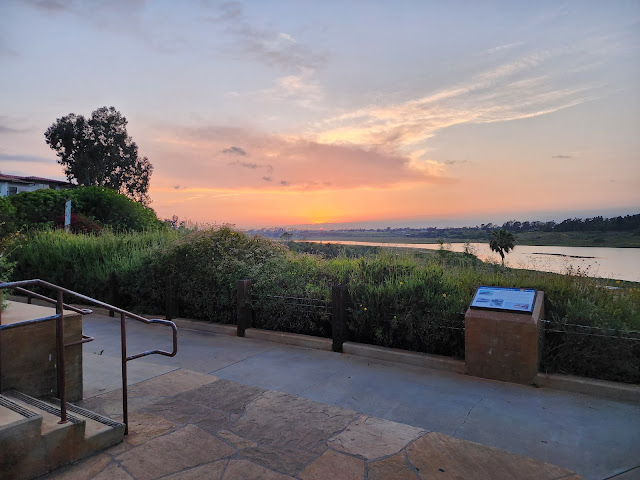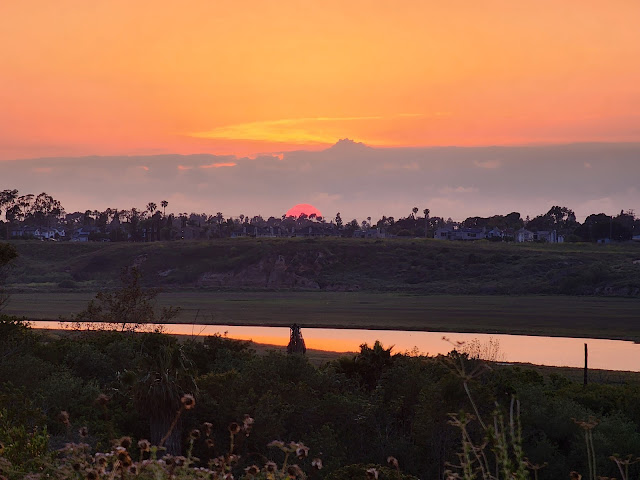during totality, there is a twilight horizon for 360 degrees. it's not pitch black, but approximates the darkness an hour after sunset. you can still see things, though the colors are muted.
 |
| twilight horizon during totality 13:52:11 local, max eclipse russellville arkansas |
fuzzy shadows:
 |
| pin hole projection of partially eclipsed sun right edge (parallel to crescent) sharp bottom edge (perpendicular to crescent) fuzzy 1:41 PM, 11 minutes before totality |
Inflicting the ritz cracker trick on neighboring families:
 |
| pinhole projection of partially eclipsed sun through ritz cracker onto sky chart (click image for full size) |
 |
| pinhole projection through pizza box courtesy of neighboring family (click image for full size) |
 |
| eclipse neighbors ritz crackers in hand (click image for full size) |
At first, i didn't think the cows did much, but on review of my pictures over the course of the day, it appears as though they started over to the left, perhaps by a barn or something, then moved out to the field to graze, later moving into the shade of trees during the midday sun. during thinning crescent phases as the daylight faded and reddened, they seemed to move back to the left...maybe just random.
 |
| moo |
i'm definitely not a cloud expert
the nature of cloud formation during a total eclipse gets fairly complex. not sure i noticed any eclipse specific clouds, other than the thin line going right across the sun during totality :(
but i did notice an unusual difference after totality. the sun moved across the sky from left to right. the "pre-eclipse" clouds to the right look like typical poofy things, while the "post-eclipse" clouds to the left have a linear pattern. This article suggests low level cumulus clouds dissipate during an eclipse due to altered convection, while thin high level clouds persist.
 |
| panorama 40 minutes after totality |
































